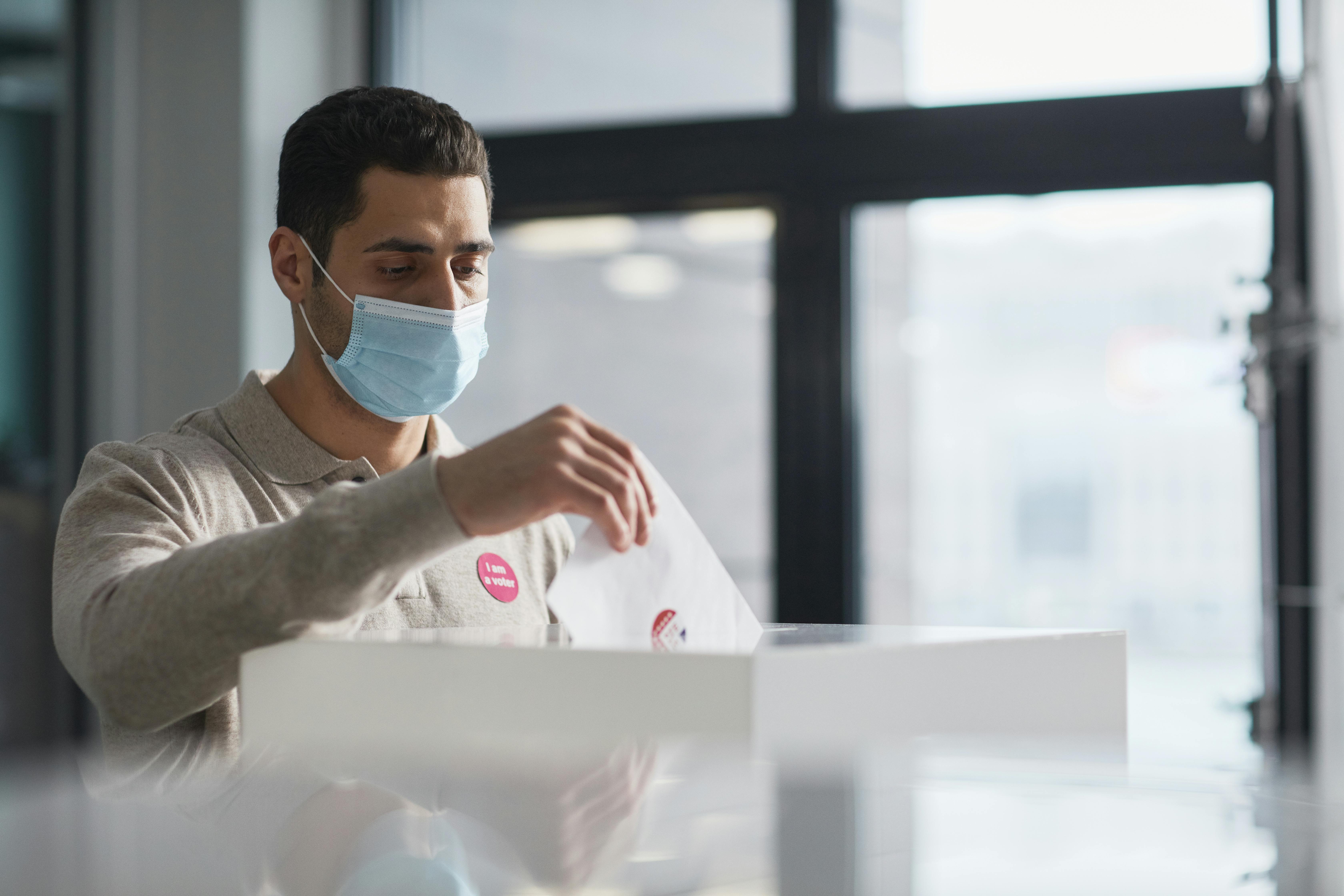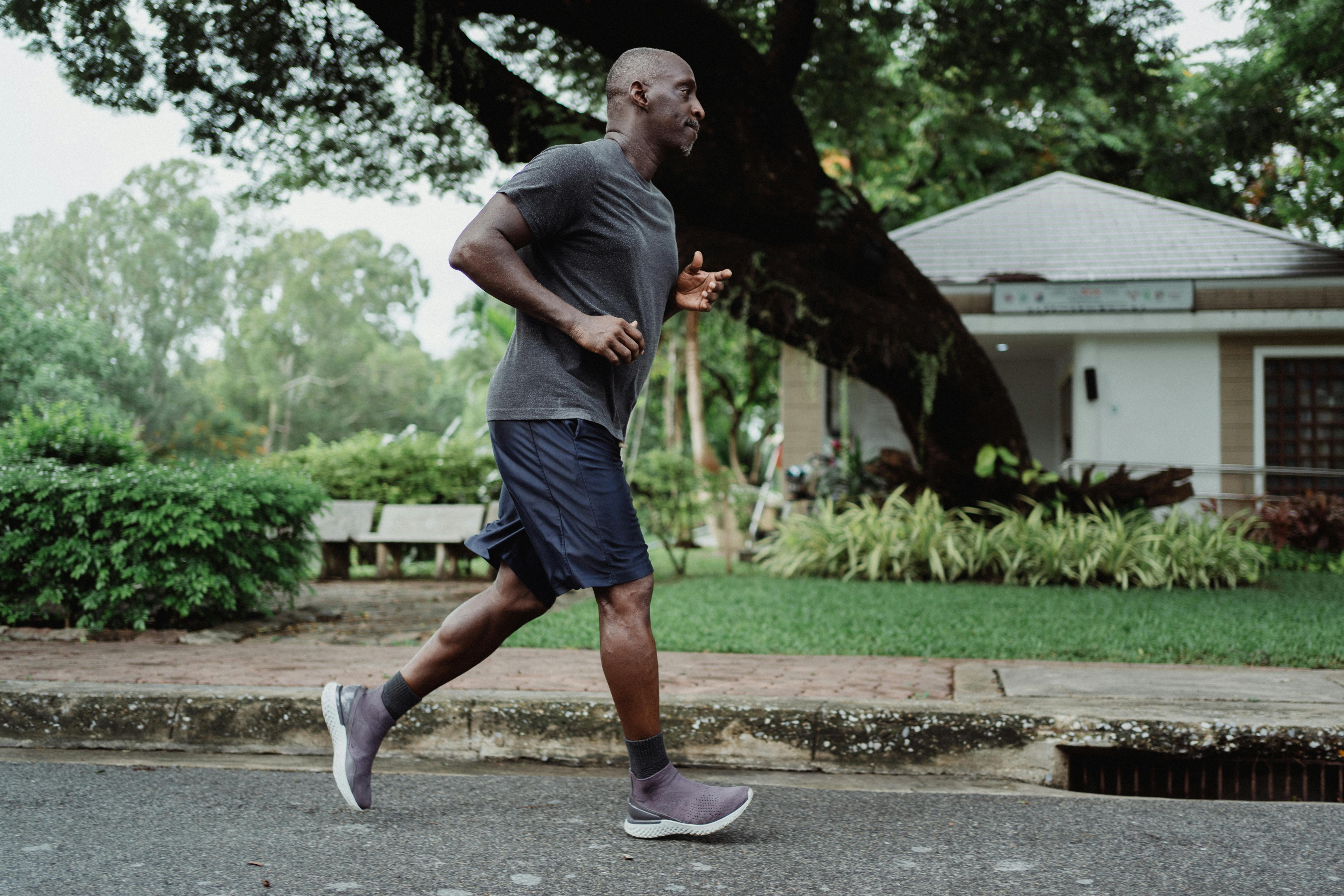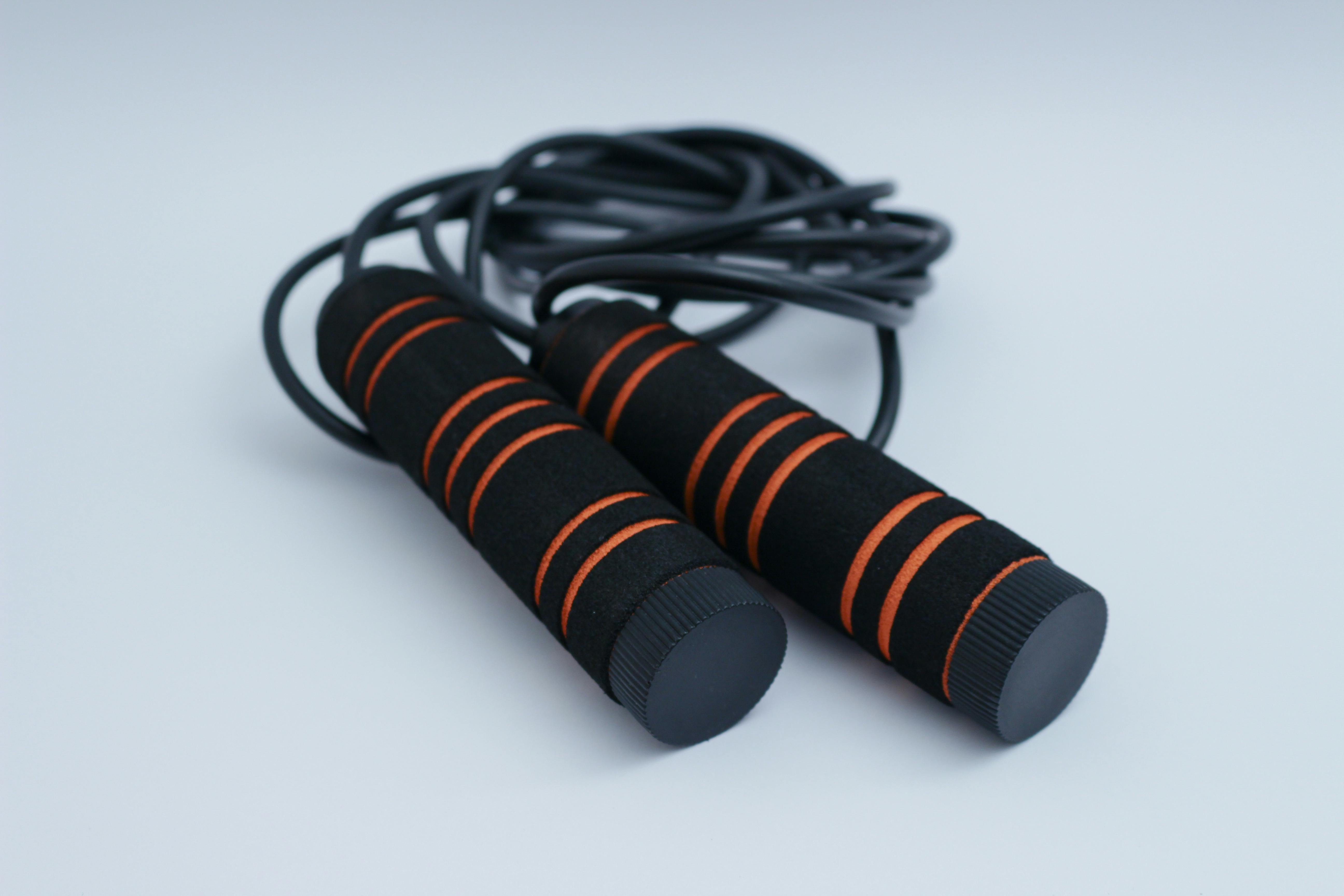Sirsasana (headstand) – The queen of yoga poses
Sirsasana, which means headstand, is considered one of the most important yoga poses. Sirsasana is known as “the queen of poses”, and the reason is related to the effect it has on the brain and mind. Reversal of this posture causes increased and unrestricted blood flow to the brain. This brings more oxygen, nutrients and vitality providing energy to the mind, clarity of thought and ease of concentration.
Increased blood flow to the head stimulates the pituitary gland, considered the “master gland,” which controls the function of the endocrine system, including the thyroid, adrenal gland, ovaries, and tests, among others. These glands in turn regulate metabolism, growth, blood pressure, sexuality, and other fundamental bodily functions. An imbalance in the secretion of the various hormones produced by the pituitary gland can lead to many serious disorders of the endocrine system.
In yogic terms, the increased blood flow to the head helps to awaken the Sahasrara (crown) Chakra (energy center). Sahasrara is considered to be the most important Chakra intimately connected to and influencing all other Chakras and controlling consciousness. It is when the Kundalini energy unites with the Sahasrara Chakra that the yogi reaches Samadhi, becoming enlightened and united with the universe and god.
Sirsasana Benefits
Increased blood flow to the brain stimulates the pituitary gland which revitalizes the mind and central nervous system. The pose is considered to have a profound effect on anxiety and other nervous disorders that can lead to other illnesses and is therefore used in the yogic treatment of many conditions.
The final position requires the muscles of the neck, shoulders, arms, back and abdomen to be active, which strengthens and revitalizes the entire body. Inversion changes the effect of gravity on the body, which has an important effect on the blood circulation of the legs and head; increases pressure on the diaphragm which aids deep exhalation to expel waste gases and bacteria from the lungs and can alleviate the daily effects of gravity on the spine.
Contraindications
Despite many precautions, with a little preparation, including strengthening the arms, shoulders, and neck, as well as some balance practice, Sirsasana can be performed by almost anyone. However, there are contraindications and those with these conditions should not practice Sirsasana.
- Sirsasana inversion increases the pressure of blood flow to the brain and eyes. Therefore, it is important that Sirsasana is not practiced in people with high blood pressure, headaches, bleeding, or other brain or blood disorders.
- Sirsasana should not be practiced by people with eye conditions such as weak eye capillaries, cataracts, or conjunctivitis.
- Sirsasana should not be practiced by pregnant or menstruating women.
striking the pose
When performing the headstand, there are a few steps that need to be done before attempting the final pose. These include strengthening the neck and shoulders and developing balance in the inverted position.
- The preparation steps will help develop the necessary strength in the neck and shoulders, and should be practiced until sufficient strength is obtained to hold the final position. Once neck strength (and sufficient balance) is developed, the weight of the body should be supported by the neck, the arms and hands are only used for support and stability and not to support the weight of the body.
- Until balance is developed, it is recommended to practice Sirsasana next to a wall. In this way, in the final position, the heels can be in contact with the wall to avoid falling backwards. The feet should move away from the wall to learn the correct balance for an unsupported headstand. Kneel facing the wall far enough away so that when you place your head in your hands, your hands are about 20cm from the wall.
- If you fall while practicing Sirsasana, bend your body toward the fall (forward, backward, or to the side) so you can land on your feet first. When falling, it is unusual to hurt your body as the height is not very great, but be careful not to collapse your neck as this could cause injury; remember to use your arm and shoulder strength to support your body weight.
- When learning Sirsasana, it is highly recommended to seek the guidance and assistance of a trained yoga instructor who can help maintain balance until sufficient experience is gained.
Sirsasana – Preparation Steps
- Kneel on the ground.
- Lean forward and place your elbows on the mat below, and slightly wider than your shoulders. The distance can be measured by moving your arms to support each elbow from the inside.
- Without moving the elbows, move the forearms to interlace the fingers, the elbows, forearms and back of the hand must be in contact with the mat.
- Lower your head so that the top of your head sits on your hands and is held securely to prevent movement and the crown of your head rests on the mat.
- Tuck your toes in and lift your knees off the floor, distributing your body weight across your legs and back. As you learn, use your arms to support your weight so that your entire body weight is not on your neck.
- Walk with your feet closer to your head, straightening your back and moving your buttocks above your head.
- From here, walk with your thighs tucked into your chest, toes on the mat. Lift one foot off the mat at a time, exploring the balance and counterbalance of the movements.
Sirsasana – full pose
- Kneel on the ground.
- Lean forward and place your elbows on the mat below, and slightly wider than your shoulders. The distance can be measured by moving your arms to support each elbow from the inside.
- Without moving the elbows, move the forearms to interlace the fingers, the elbows, forearms and back of the hand must be in contact with the mat.
- Lower your head so that the top of your head sits on your hands and is held securely to prevent movement and the crown of your head rests on the mat.
- Tuck your toes in and lift your knees off the floor, distributing your body weight across your legs and back. As you learn, use your arms to support your weight so all your weight is off your neck.
- Walk with your feet closer to your head, straightening your back and moving your buttocks above your head.
- Slowly and with control, bend your knees and walk your feet inward, bringing your thighs closer to your chest.
- Lift both feet off the mat together, adjusting your body in small movements to counteract the weight of your legs.
- Slowly move your feet up, close to your buttocks, using your back muscles, until your feet point up and your knees point down.
- Raise your knees, keeping your legs bent and your feet close to your buttocks, until your hips face forward, your thighs are vertical, and your knees are in line with your buttocks.
- Slowly straighten your legs, lifting your feet above your knees so your whole body is in alignment. This is the final position.
- Relax your legs and feet. Keep your back active to support your spine and keep it straight.
- Relax your mind and breathe normally.
- Come out of the pose by slowly reversing the sequence of steps. Bend your knees, bringing your feet closer to your buttocks. Bend at the hips, lowering the knees. Lower your feet and then your knees to the mat.
- Relax in child’s pose with head down for 1 minute to avoid dizziness that can result from the change in blood flow to the brain.


